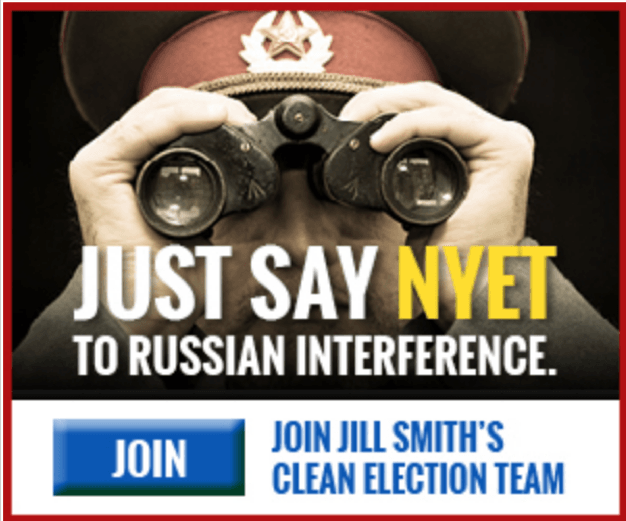
Just Say Nyet
Free and fair elections are a pillar of American democracy – and the recent news confirming Russia’s interference in our

Free and fair elections are a pillar of American democracy – and the recent news confirming Russia’s interference in our
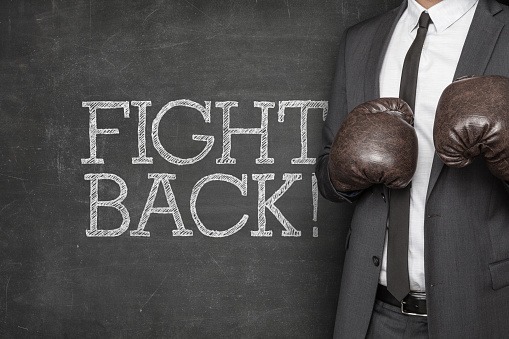
If your campaign just got hit, it’s time to hit back. SpeakEasy Political can help you fight back fast with
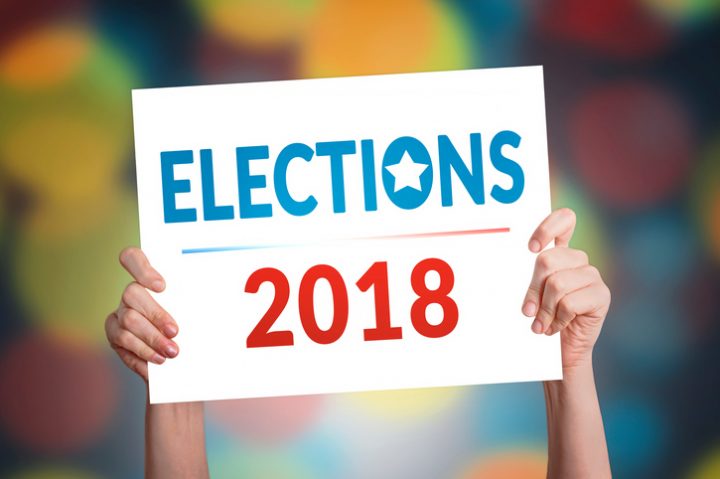
All over America first time candidates are running and winning.
If you are managing one of these political campaigns or helping to manage one—remember, everyone started somewhere.
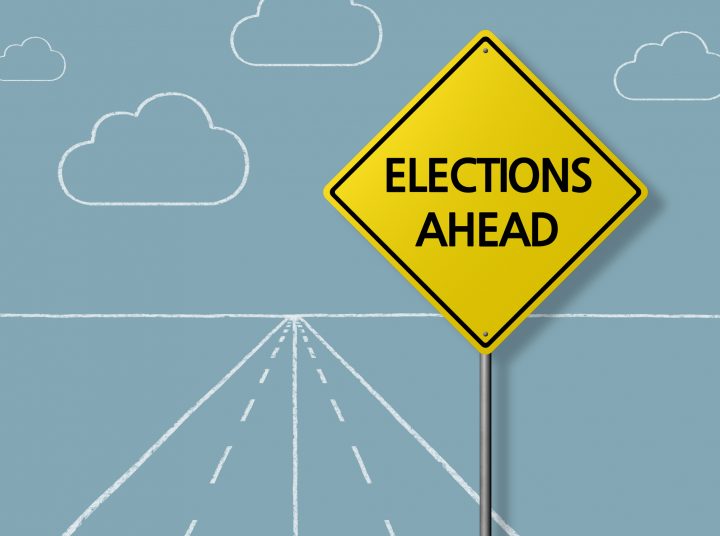
We have worked hard to present to you just how simple this really is. But, here’s the hardest part of running a coherent online campaign.
You are telling a story in many, many parts—and it is easy for you to get lost in all this and forget to help your voters hear a coherent narrative. If you are getting lost, just imagine how the voters feel.
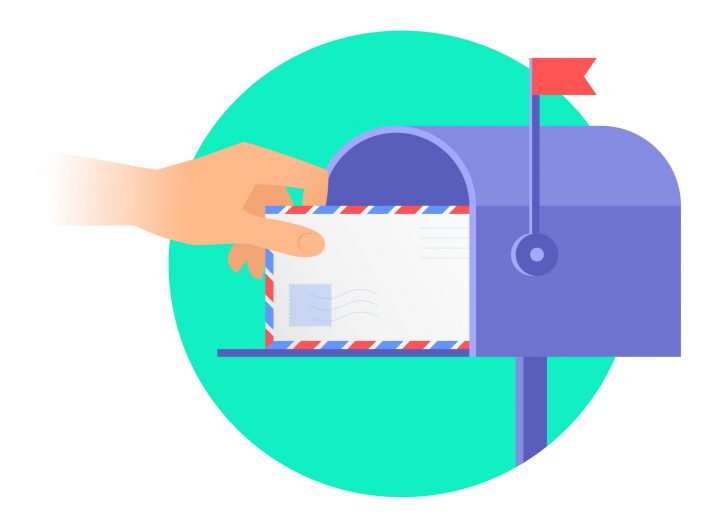
Because it can be targeted, because it can allow voters to respond immediately, and because it is in general a lower-cost tool than traditional advertising, digital ads are taking off in politics and are a larger and larger portion of a winning campaign’s overall budget.
But be careful. You need to consider your “media mix”.

Unlike traditional advertising—like TV or direct mail—digital and social media are powerful Direct Response tools.
That means your political digital advertising strategy can ask people to give, join, register to vote or attend an event.

To adequately access the very large audience controlled by Google’s YouTube and other networks you must produce video content.
Perhaps you have noticed that Facebook is increasingly optimized for video content. And if you want to use tools like ads on premium on-demand video sites, you also need video content.

Our political ad buying team is burning the midnight oil — and they have secured another five million impressions of premium online inventory.
This political ad inventory will be placed on sites like CNN, Hulu, or your local newspaper.

At this point, your Grandmother might be more likely to be on Facebook than your 18-year-old niece. They can both vote. So the idea that social media is just for young voters just isn’t borne out by the facts.
Young people are increasingly opting out of traditional cable and watch less and less traditional broadcast television, which means social and digital media are more and more vital for reaching voters under age 40. But that doesn’t mean older voters are not on social media or can’t be reached by digital channels.

According to the researchers at PEW, 77% of American voters are online every day. And in addition, 43% are online several times a day, while 26% reported being online nearly constantly. Building up organic followers through high-traffic sites like Facebook, Twitter and Instagram allows you to create an audience you can communicate with, for free, on your schedule.
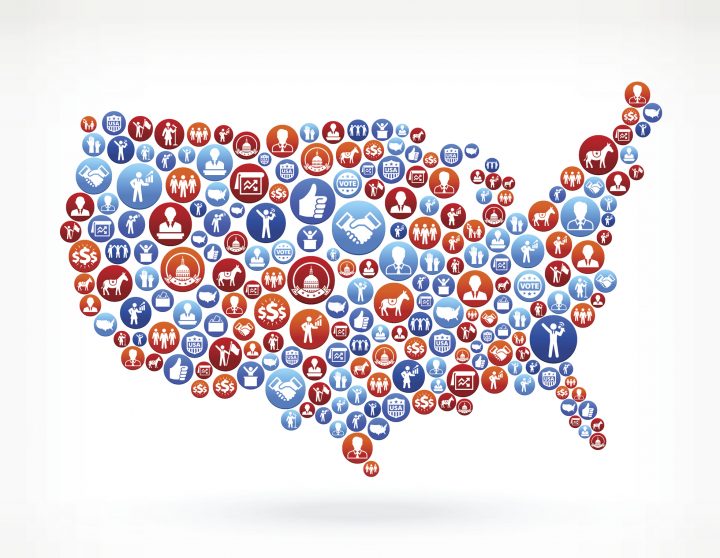
The difference between spam and viral content comes down to a simple difference: do you care about it?
One powerful way to help make sure your audience cares is to make sure you are using the powerful tools online that help you target voters based on their interests.

Does a spam email make you want to buy a product? Are you just thrilled to get a pre-recorded robocall from someone you don’t know? What about an unsolicited text?
You get the point. If unsolicited and irrelevant content annoys you, it is going to annoy voters when you do it to them.
